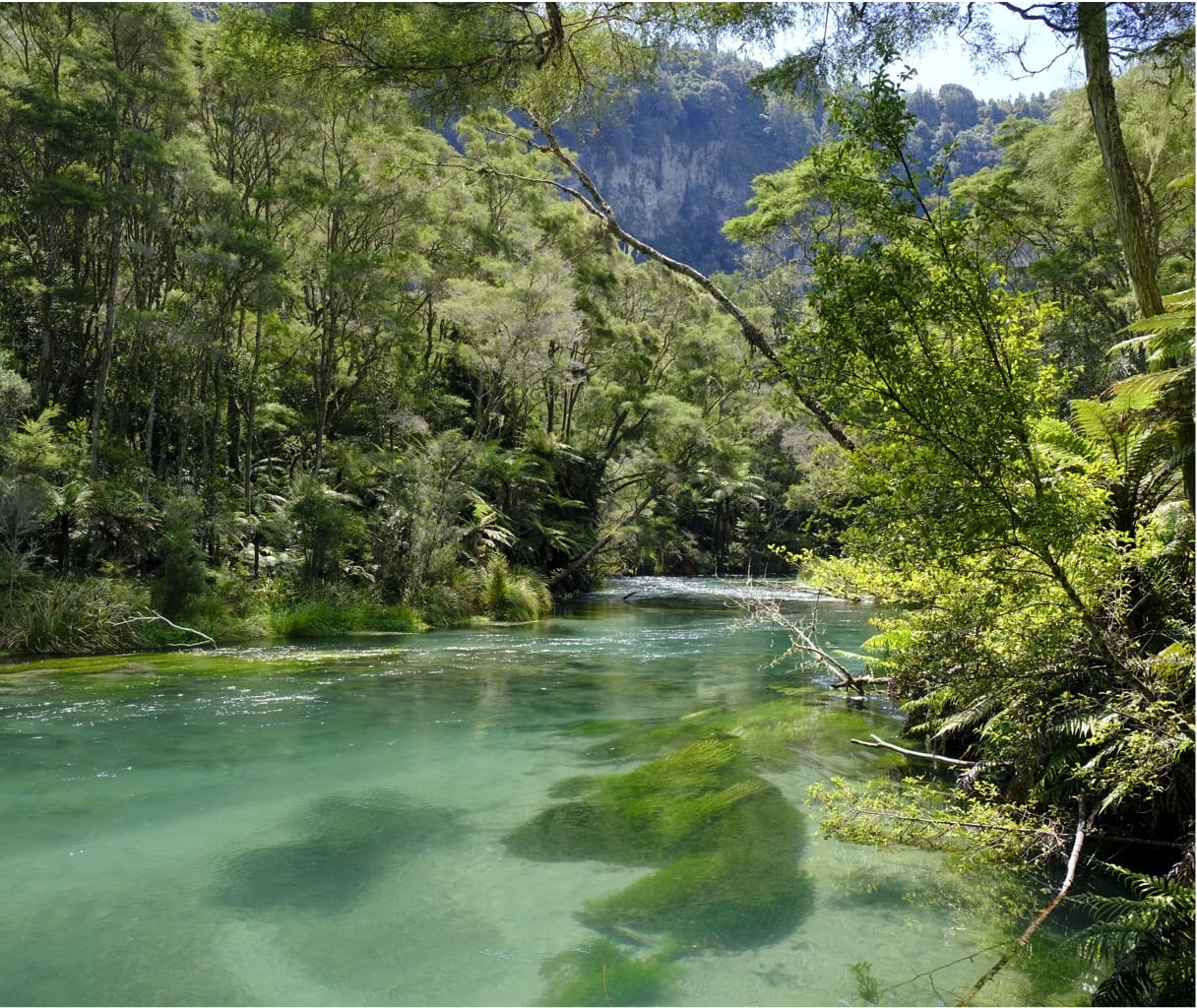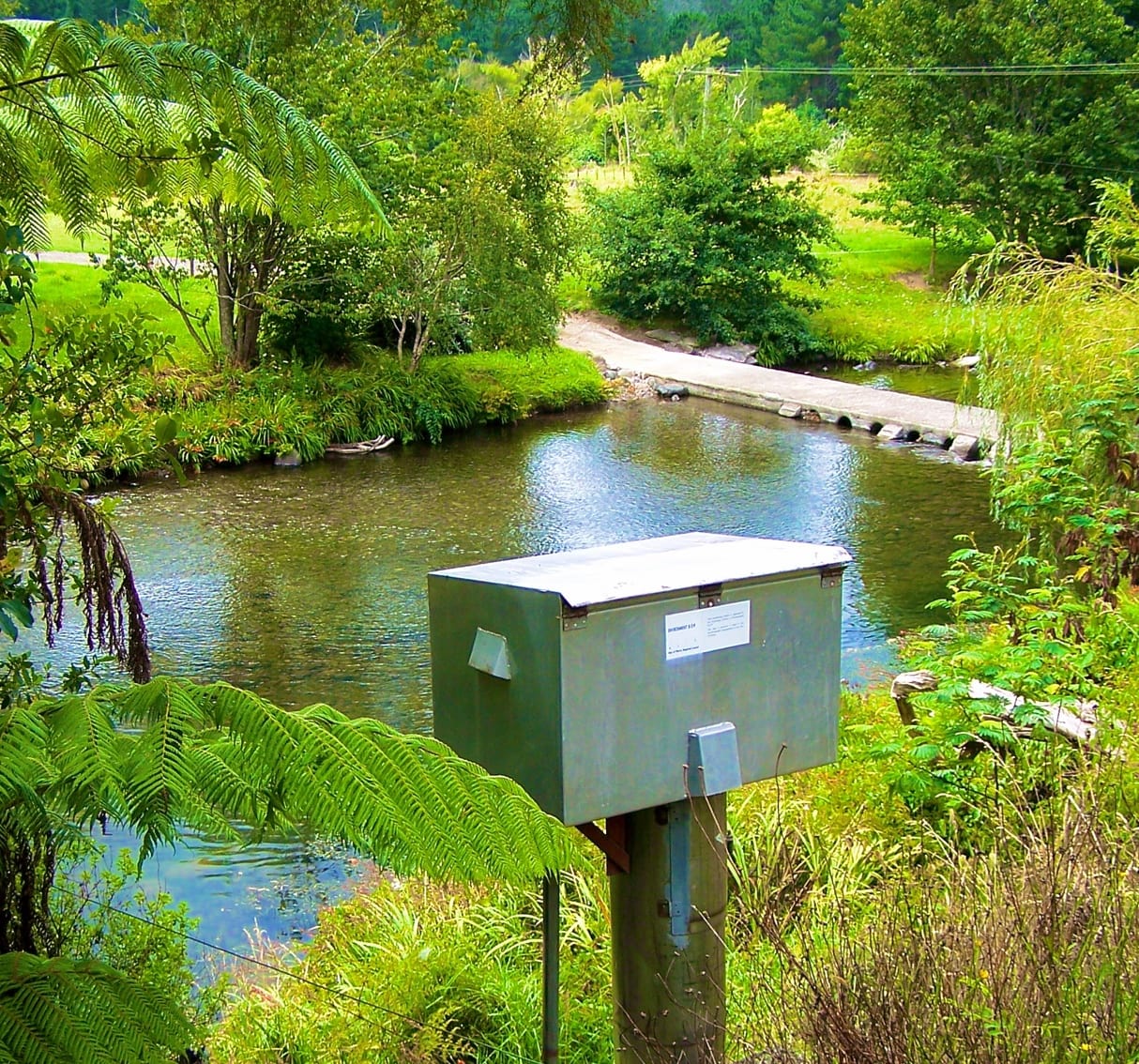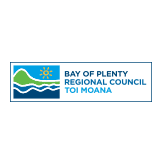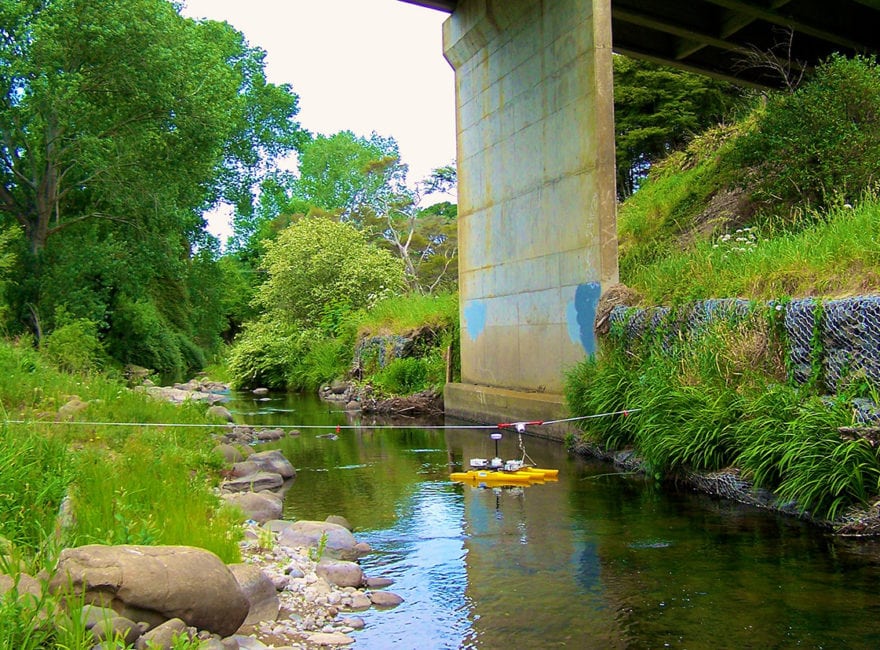About Bay of Plenty Regional Council
Back in 1989, the New Zealand government took 25 organizations and combined them into the Bay of Plenty Regional Council (BOPRC). As caretakers of the land, air, and water, BOPRC monitors the effects of human activities on their environment. It promotes the sustainable management of natural and physical resources for present and future generations. It manages the effects of people’s use of freshwater, land, air, and coastal water. Its mandate also encompasses a broader responsibility for overseeing economic, social, and cultural interests of the regional community.
The Challenge: Scattered & Unlocked Environmental Data
Bay of Plenty Regional Council has invested in an extensive continuous monitoring network comprised of over 100 sites, the majority of which automatically send data back at least every hour. The network collects hydrological, meteorological, air quality, and other environmental parameters. The BOPRC Data Services Team is tasked with storing all of this environmental data, processing it, and making it available to the rest of the organization as well as to external customers (including other councils, consulting engineers, national science institutes such as the National Institute for Water and Atmospheric Research (NIWA), and the general public).
In 2014 it became clear that the environmental data management needs of BOPRC’s Data Services Team had outgrown their aging data management system. “Previously, we used a New Zealand-based software package that was about 30 years old. The key limitation was it was designed for hydrological parameters only,” said Glenn Ellery, Data Services Manager, Bay of Plenty Regional Council. “It also had no capacity (or very limited capacity) for quality coding. It didn’t have a good way of grouping multiple time series against a location. Certainly in terms of a user interface, it was showing its age. And it had no security around it in terms of accessing data. People could either see all or nothing, and if they could see data, generally they could get in there and actually alter datasets, potentially corrupting them. The system didn’t keep a copy of the raw data, so you had to make workflows to protect it.”
BOPRC went out to market with an open tender for a commercial off-the-self solution. It needed an environmental data management system that would encompass the full end-to-end data management process – from the delivery of discrete and time series data into the database, to data manipulation processes and workflows, quality assurance checking and coding, and reporting and data delivery. Ideally the system would be configurable, flexible, comply with industry standards, provide modular or phased implementation options, and be designed with a future focus on device neutrality and mobility.

The Solution: Aquarius
Bay of Plenty Regional Council chose Aquarius Time-Series. “Aquatic Informatics is forward-thinking with a strong future. Aquarius Time-Series is a platform on an upward path in terms of innovation and offers a strong development interface. Our decision was also partly influenced by the United States Geological Service (USGS) and NIWA contracts. Ultimately, it’s important to know that large agencies are behind AQUARIUS Time-Series, so we know that there’s really groundswell support for it,” said Glenn Ellery. “The back-end architecture behind Aquarius Time-Series server, the platform it was running on and the way the software runs all met with our network and software requirements. We also liked the look of the user interface, which is visual and not keyboard-driven, and how it could be used by non-specialist users across the organization. The user interface is much better.”

Centralized Storage for Environmental Data
“We’re leveraging Aquarius Time-Series to do more than just water data management. It give us the ability to manage the majority of the continuous environmental information collected in one place, including air quality, groundwater, and meteorological data. Certainly in terms of getting data into Aquarius Time-Series, it’s doing everything we wanted,” said Glenn Ellery. “With our old system, if you entered a field visit, there was no way of storing that field visit with the data. The information was distributed around to different databases and document management systems, which created problems with subsequently locating them. Aquarius has that capability of just pulling it all together. That’s saving us time. We’re able to capture data that we previously stored in separate databases – even information that was kept on paper. All that data is centralized in Aquarius Time-Series. Our hydrological and environmental data is quality assured and we have it all at our fingertips – it’s easily accessible. Now there’s a central hub that people can go to for the majority of the collected information. The ability to centrally manipulate and visualize our environmental data has helped with our decision-making processes.”
The majority of our continuous environmental data is managed in Aquarius Time-Series. Our data is quality assured and we have it all at our fingertips. Now there’s a centralized factual hub that people can go to for that collected information. The modern user interface makes it easy for hydrologists and non-specialists alike to securely access the environmental information they need to make better resource management decisions.


Today, the environmental information managed in Aquarius Time-Series supports BOPRC in managing risks posed by eight major rivers, including the region’s major flood control schemes; issuing resource consents for people to use environmental resources and monitoring that use; dealing with pollution incidents and prosecuting offenders; and providing information to help residents care for and use resources sustainably.
“Key initiatives for us at the moment include managing and protecting our freshwater – our rivers, lakes, streams, wetlands, and groundwater – in line with central government’s National Policy Statement (NPS) for Freshwater Management,” said Glenn Ellery. “In New Zealand, we’re getting into more involved discussions with communities about quantity and quality. Aquarius Time-Series allow us to see quantity and quality information together in the same package, which helps support our community discussions.”

Support for the National Environmental Monitoring Standard: NEMS
“Agencies that collect information in New Zealand are urged to collect and quality codify data in the same manner. We follow the National Environmental Monitoring Standards (NEMS),” said Glenn Ellery. “Aquarius Time-Series has flexible quality coding capacity, which allows us to configure our standards and needs within the system. Approval coding allows us to see the status of the data as it goes through the quality assurance process, which is another benefit. It’s a great tool for finding out where possible pinch points are in our quality coding process.”
Developed in 2010, the NEMS were designed to stem a growing divergence in monitoring techniques. The set of documents prescribe technical standards, methods, quality coding, and other requirements associated with the continuous monitoring of a wide range of environmental parameters. They ensure environmental data is gathered, processed, and archived in a verifiable and consistent manner, making it suitable for comparative analysis. The agencies that developed these standards, including NIWA, are responsible for the majority of hydrological and environmental related measurements within New Zealand.
AQUARIUS has that capability of just pulling it all together. That’s saving us time. We’re able to capture data that we previously stored in separate databases – even information that was kept on paper. All that data is centralized in Aquarius Time-Series. Our hydrological and environmental data is quality assured and we have it all at our fingertips – it’s easily accessible.


In 2013, NIWA had chosen Aquarius Time-Series to manage its environmental data nationwide. By using the same data management system as well as the same NEMS, data generated by the BOPRC and NIWA monitoring networks are highly interoperable.
“The environmental information we manage in Aquarius Time-Series supports a lot of internal programs in terms of science, but it also provides real-time information to users of our data,” said Glenn Ellery. “For example, we’ve got information that’s pushed out of Aquarius Time-Series into the Meteorological Service here in New Zealand. They are using the information we collect for developing their forecasts.”

Defensible Data with the Automatic Audit Log
“Aquarius Time-Series always keeps the original data safe,” said Glenn Ellery. “We can edit, change and manipulate the data. If corrections are found to be erroneous when further information comes to light, we can easily roll back to the raw data and move forward again without losing data or changes. We can always see the raw versus the corrected data. It gives us that real confidence in our decisions. It can also help support discussions during any administrative hearings or court actions.”
Solution Highlights
-
Centralization of water, groundwater, air quality & meteorological data
-
Tracking of the history of all modifications to data & metadata for full auditability
-
Security of original data & defensibility of processed data
-
Management of water & rainfall data in accordance with the NEMS framework
-
Data interoperability with other local agencies including NIWA
-
Provision & easy access to information for all technical & non-technical staff
